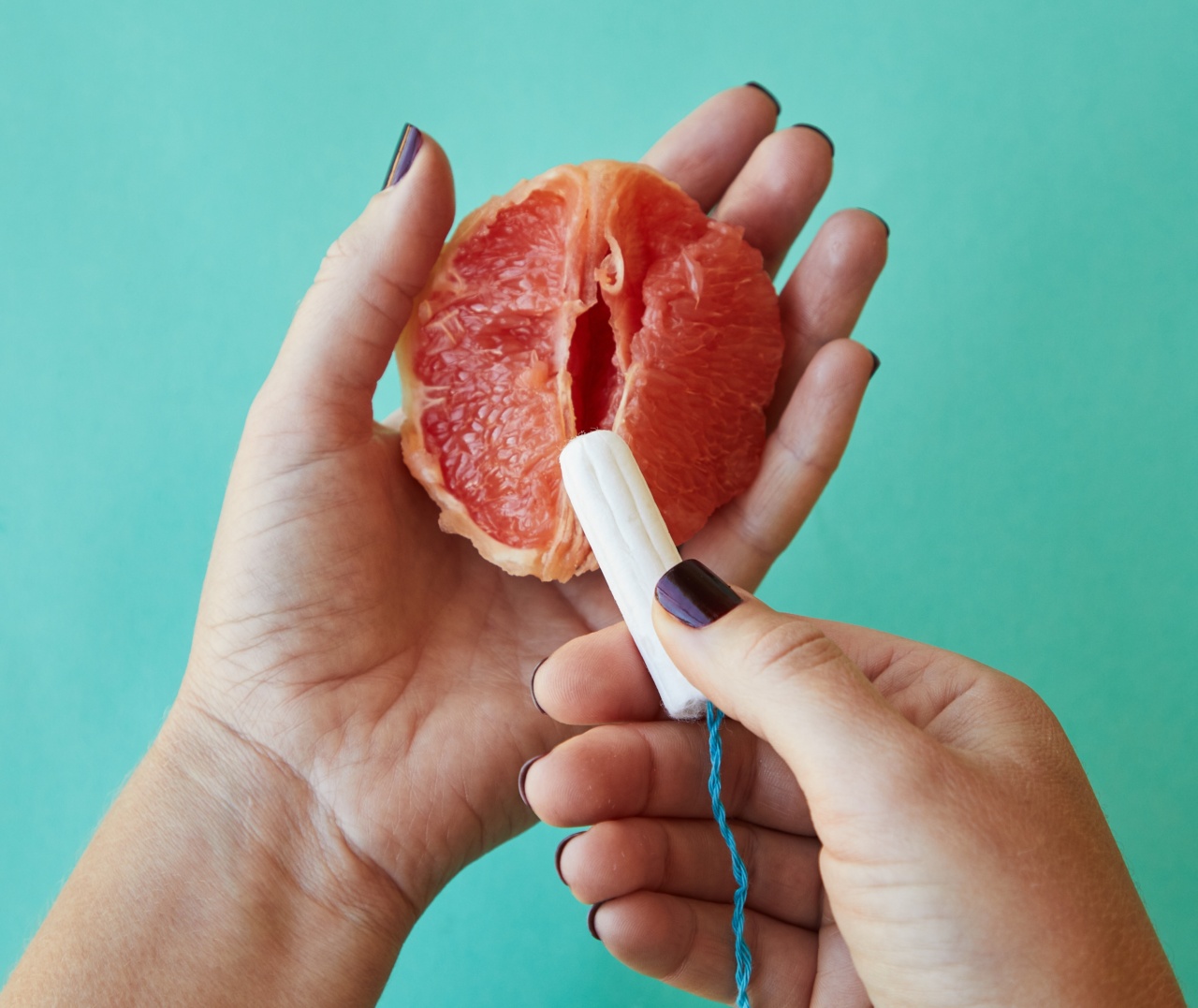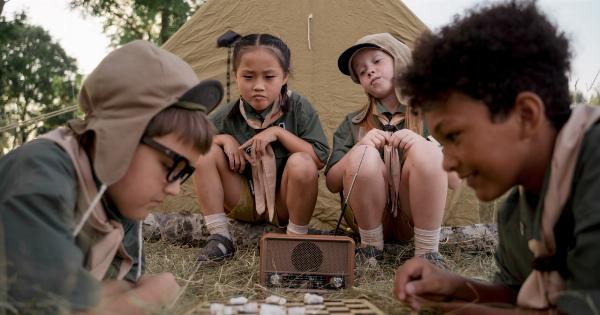Many parents turn to pacifiers to soothe their babies and provide comfort. Pacifiers can be a helpful tool, but eventually, most parents face the challenge of helping their child break the pacifier habit.
Transitioning away from pacifiers can be a difficult and emotional process for both parents and children, but with the right approach, it can be done smoothly. In this article, we will explore some effective strategies to cut pacifier use and help your child move on from relying on this tool for comfort.
Understanding the Effects of Prolonged Pacifier Use
Before we dive into the methods to cut pacifier use, it’s important to understand the potential impact of prolonged pacifier use on your child’s oral health and development.
While pacifiers can provide temporary relief and comfort, extended use can lead to issues such as:.
- Dental Problems: Prolonged pacifier use can affect the alignment of your child’s teeth and jaw development, leading to bite problems.
- Speech Impediments: Regular pacifier use can interfere with proper tongue and mouth coordination, potentially causing speech delays or disorders.
- Infections: If pacifiers aren’t cleaned and maintained properly, they can become a breeding ground for harmful bacteria, increasing the risk of infections.
Signs It’s Time to Cut Pacifier Use
While many parents worry about taking away their child’s pacifier, there are certain signs that indicate it may be the right time to transition. Keep an eye out for:.
- Their Age: As children grow, they develop other coping mechanisms and self-soothing techniques, making them less reliant on pacifiers.
- Prolonged Use: If your child uses a pacifier during the day, at night, and in various situations, it may be a sign that they have become overly dependent on it.
- Speech and Dental Issues: Observe your child’s speech and dental development to see if there are any concerns related to pacifier use.
Effective Strategies to Wean Off Pacifiers
Once you have made the decision to cut pacifier use, there are several strategies that can help you and your child smoothly navigate through this transition:.
1. Gradual Reduction
One of the most effective ways to reduce pacifier use is to do it gradually. Start by limiting the pacifier to certain times of the day, such as naptime or bedtime. Then, gradually decrease the frequency until your child no longer needs it.
2. Introduce an Alternative Comfort Object
Offer your child a soft blanket, stuffed animal, or another comforting object as a substitute for the pacifier. This can provide a sense of security and comfort during the weaning process.
3. Implement a Reward System
Create a reward system for your child to motivate them to give up the pacifier willingly. Set achievable goals, such as going a certain number of days without using a pacifier, and reward their progress with praise or small treats.
4. Cut Pacifier Use during Wakeful Times
Encourage your child to only use the pacifier during sleep times and gradually eliminate it during wakeful periods. This helps them associate pacifiers with sleep and makes it easier to let go of them during the day.
5. Involve Your Child in the Decision
Talk to your child about the idea of giving up the pacifier and involve them in the decision-making process. Explain the reasons behind it and encourage them to express their feelings and concerns.
6. Cold Turkey Approach
If your child is older and understands the concept of giving up the pacifier, you may opt for the cold turkey approach. Explain that they are now big enough to let go of the pacifier and offer your support during the adjustment period.
7. Use Distraction Techniques
When your child starts to ask for the pacifier, distract them with other engaging activities or toys. Engage them in play or offer a comforting hug to help redirect their attention.
8. Limit Pacifier Access
Gradually reduce the number of pacifiers available to your child. Start by allowing them to have only one pacifier, and then eventually eliminate it altogether. This method can be effective for older children who are more aware of their surroundings.
9. Seek Support from Peer Influence
If your child has older siblings or friends who have successfully given up pacifiers, use their influence to your advantage. Have them share their experience with your child and encourage them to follow suit.
10. Set a “Goodbye Pacifier” Date
Choose a specific date to say goodbye to the pacifier altogether and mark it on the calendar. This gives your child a sense of anticipation and allows them to mentally prepare for the transition.
Final Thoughts
Cutting down pacifier use can be a challenging task, but it is an important step towards your child’s overall health and development. Remember, every child is different, and what works for one may not work for another.
Be patient, understanding, and provide lots of reassurance and comfort during this transition. With the right strategies and support, your child will be able to bid farewell to their pacifier and embrace new ways to soothe and comfort themselves.





























